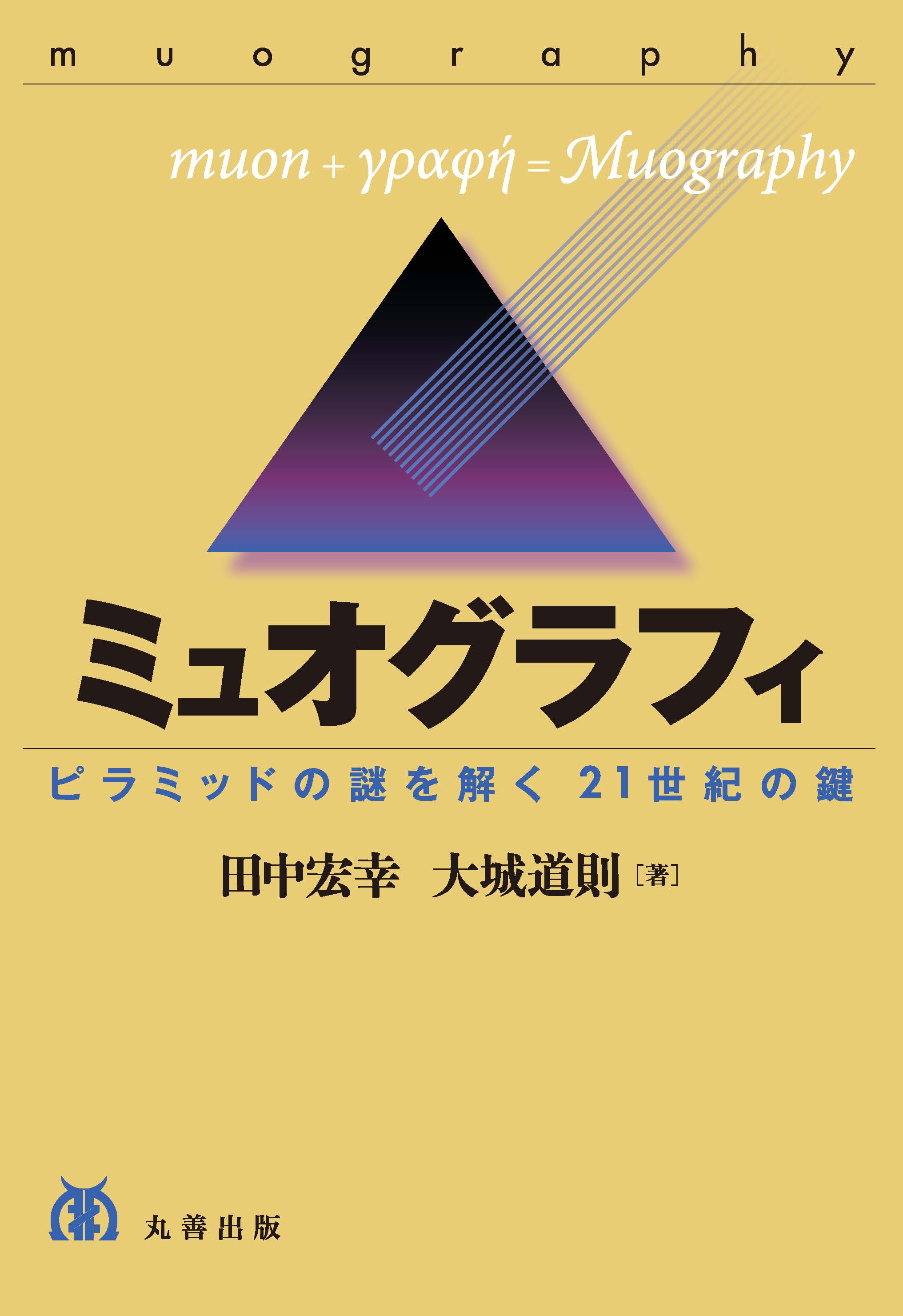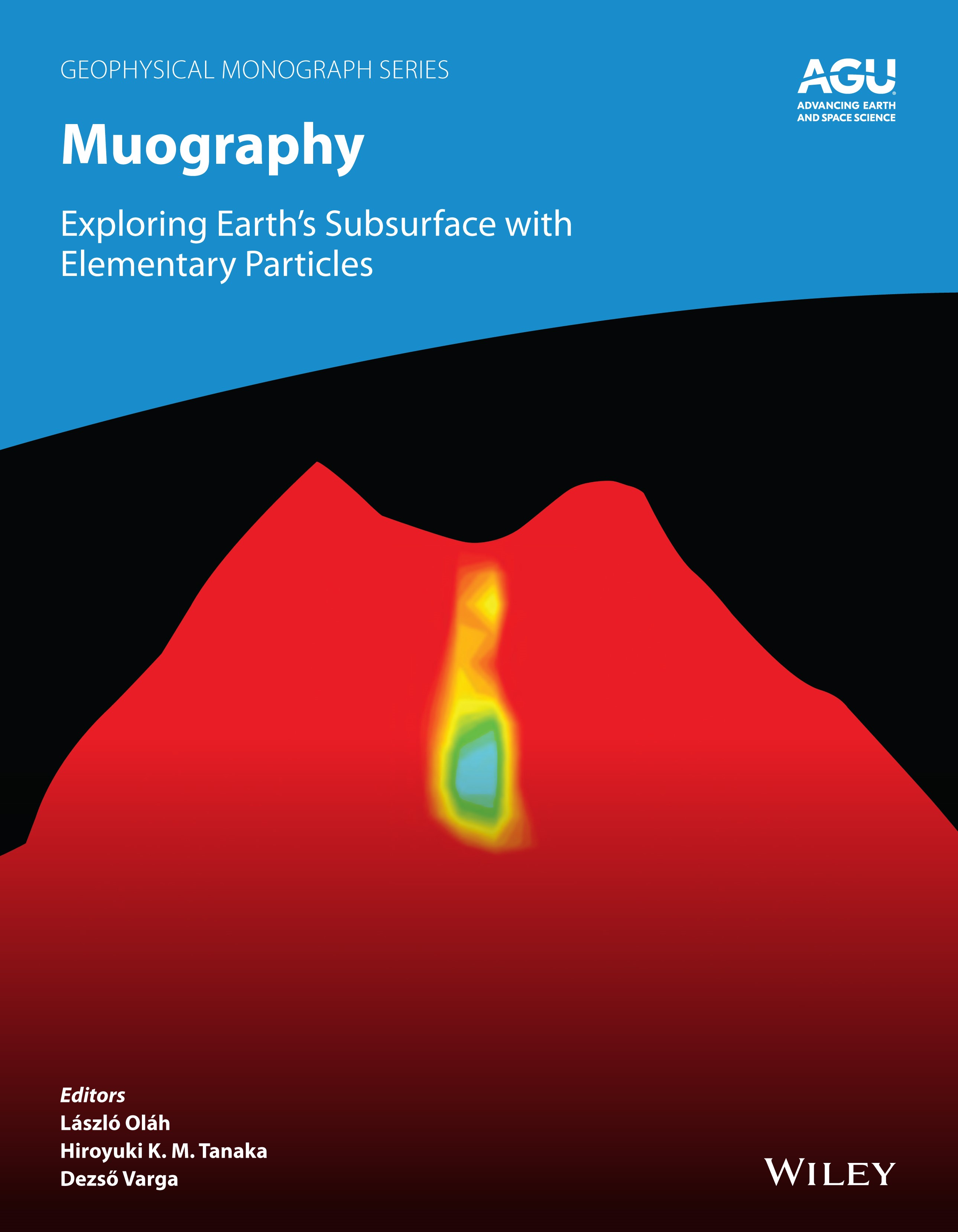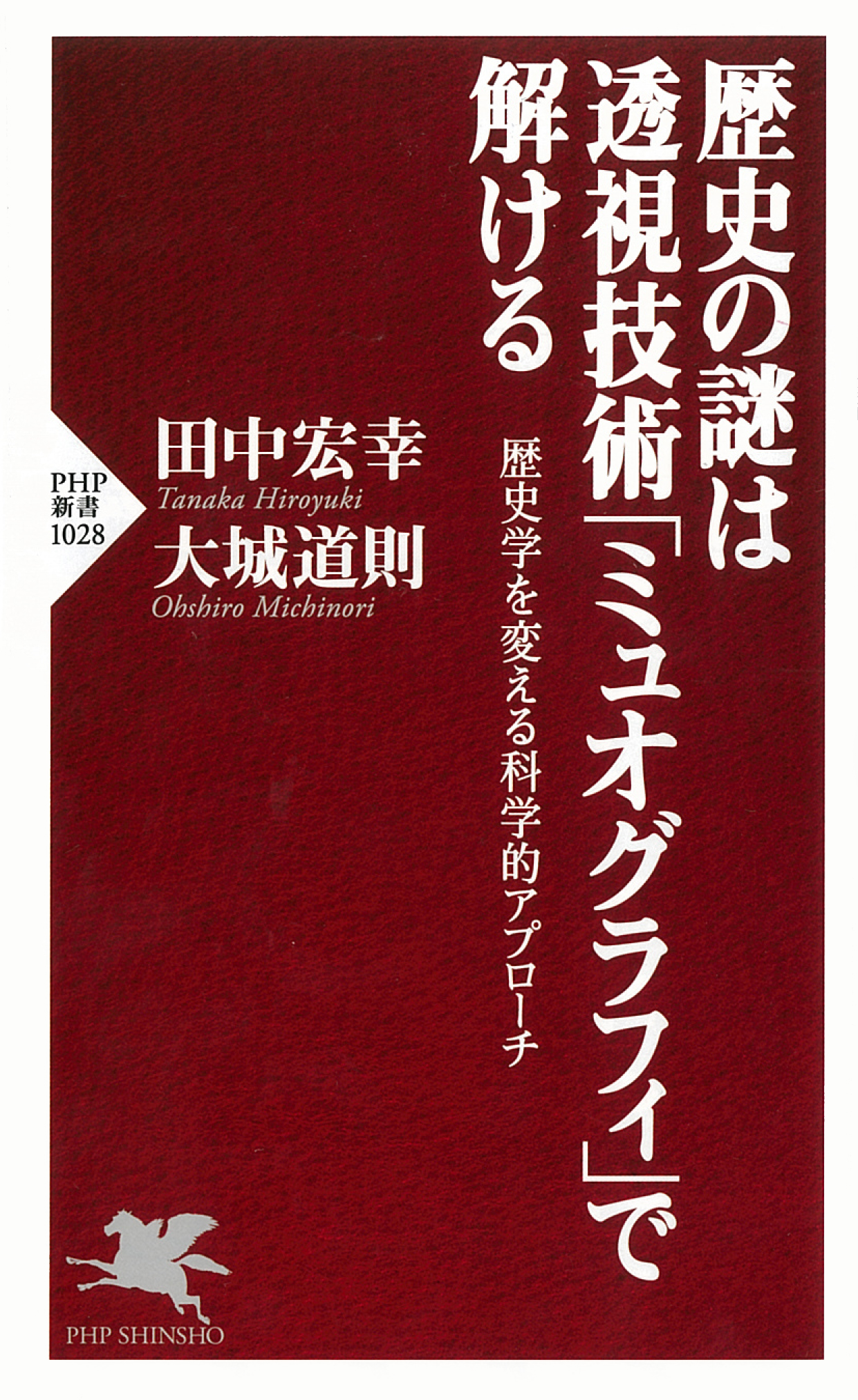
Title
Muography (Muography: Key to Unlock the Secrets of the Pyramids in the 21st Century)
Size
352 pages, 127x188mm, softcover
Language
Japanese
Released
September, 2017
ISBN
978-4-621-30194-4
Published by
Maruzen Publishing
Book Info
See Book Availability at Library
Japanese Page
Muons are elementary particles that can pass through as much as a kilometer of solid rock and precipitate down from the atmosphere to every part of the Earth’s surface. Muography is a technology for looking through gigantic objects by using this elementary particle. The principle of muography is the same as that of X-ray photography, except that muons are used instead of X-rays. Muography is ubiquitous. It makes it possible to look through objects anywhere in the world using the same equipment, and global issues related to safety, energy, and cultural heritage, can be universally addressed. There have already been several surveys, for example, to image the inside structures of volcanoes, pyramids, and nuclear power plants.
Even now, the construction of the pyramids of ancient Egypt holds many riddles. All we can say for sure is that human beings who have lived long ago constructed these large structures with heights exceeding 100 meters. Owing to their enormous sizes, they have attracted significant interest from people of all ages and from all lands, and various explanations have been proposed about the reasons for, and the methods of, their construction. In these explanations, the historical evolution of the pyramids plays a significant role, due to the fact that it is possible to measure their heights, bases, slopes, and volumes. The additional information provided by muography, when combined with what is already known, will contribute to the creation of a new understanding of the pyramids.
It is possible to measure the weight of a huge object by using muography. We often hear that millions of limestone rocks, averaging several tons each, were used to construct the pyramids; however, these numbers are estimates rather than measurements. It is an undeniable fact that the construction of the pyramids used a large amount of rock, but the question of exactly how much is still in the realm of imagination. Measuring the weight of the pyramids might get us closer to a true understanding of the construction of the pyramids. Suppose the weight of the pyramids turns out to be more, or less, than what has been supposed. Would that mean that this large construction was done using simple labor? Alternatively, will it suggest that the ancient Egyptians built them more quickly or simply than previously believed, or that the act of constructing the pyramids was some kind of religious rite? It is possible that new discussions will arise with regard to such questions.
Tokyo University is at the forefront of the world in successfully looking through volcanoes, and has now started applying muography to various other problems. In this report, along with the principles of muography, we review examples of its application. We unravel the evolution of the pyramids within the current range of understanding, and finally attempt what has not been possible before, namely, to “measure the weight of the pyramid of King Khafre,” which is one of the famous, large pyramids at Giza alongside the pyramid of King Khufu (Cheops). Our aim is to point out new possibilities for pyramid research, as well as for muography itself.
(Written by TANAKA Hiroyuki, Professor, Earthquake Research Institute / 2018)
Related Info
www.muographix.u-tokyo.ac.jp
Muographers
http://muographers.org/
Muography and the benefits it will bring to society (NEC Business Leaders Square: wisdom Nov. 8th, 2017)
https://wisdom.nec.com/en/technology/2017111301/index.html



 Find a book
Find a book


 eBook
eBook

